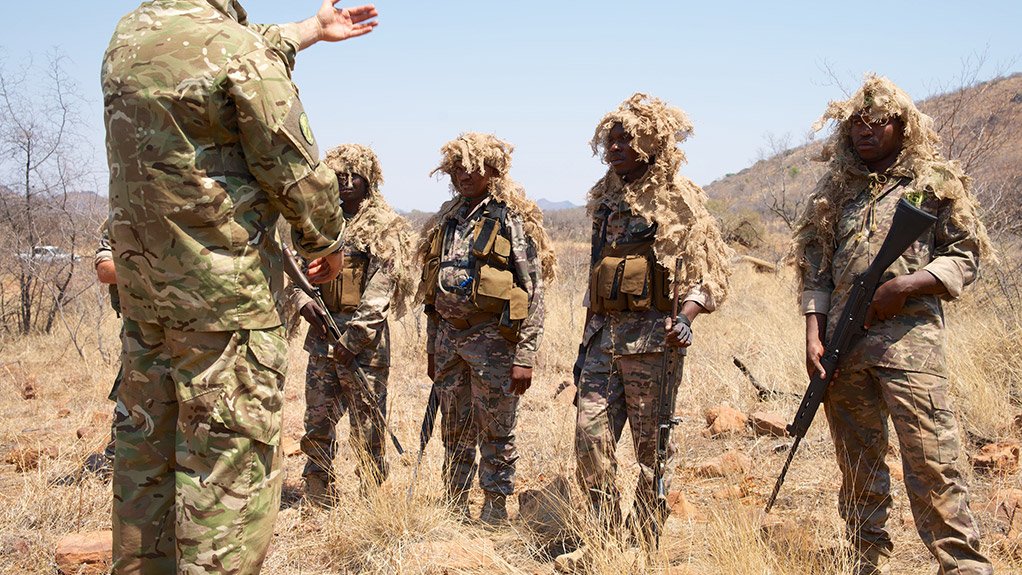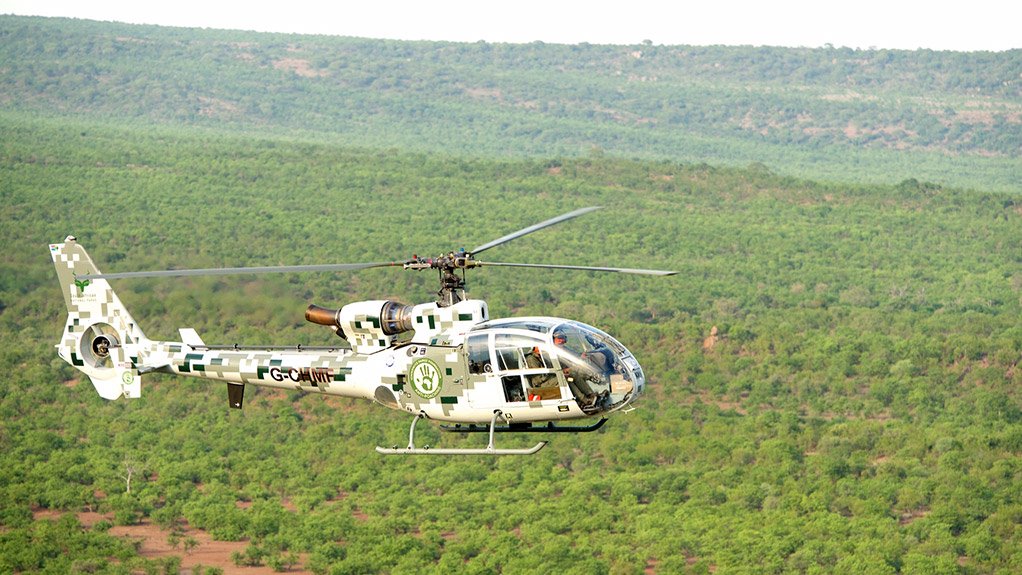Astatistical report, published by the Department of Environmental Affairs on January 30, states that 86 rhino have been killed by poachers in South Africa to date this year, bringing the total number of rhino killed since 2008, to 2 827.
Last year, 1 004 rhino were killed, a 150% increase on the 668 killed in 2012.
The number of arrests related to rhino poaching also increased, from 267 in 2012 to 343 in 2013. This is as a result of South African National Parks’ (SANParks’) efforts and the increase in military solutions donated by the Ichikowitz Family Foundation.
The military solutions involve counter-poaching training for game rangers, sniffer- and tracker-trained dogs, as well as aerial surveillance.
Further, chairperson and founder of the Ichikowitz Family Foundation, as well as Paramount Group executive chairperson Ivor Ichikowitz explains that the foundation has drawn from the military and tactical experience of South Africa-based private defence business Paramount Group, which has resulted in the donation of equipment, such as night vision and communications equipment, camouflaged combat uniforms, weapons and binoculars, as well as military aircraft, to SANParks.
Counterpoaching Units
Ichikowitz says game rangers at several of the parks in South Africa are receiving specialised training from retired military experts, such as generals and special forces officers, to form counterpoaching units (CPUs).
The training course can take up to six weeks and involves several bushcraft skills, enabling rangers to patrol invisibly. The training provides rangers with the skills to track and apprehend poachers, as well as to defend themselves from heavily armed poachers.
The training programme was launched as a pilot project at the Madikwe Game Reserve, in North West, in October.
Ichikowitz notes that of the rhino poaching that has taken place at Madikwe, most has been conducted by members of the local community out of desperation for subsistence.
After the success of the pilot project, there has not been a single poaching incident in the reserve.
“The communities around Madikwe became aware that the rangers were starting to take poaching seriously and realised the risks outweighed the potential rewards,” he notes.
The rangers are trained to effectively use dogs trained to track poachers and rhino, and to sniff out rhino horn. “The dogs support the rangers on the ground and are making a huge impact,” notes Ichikowitz.
He adds that most people assume that rhino horn is being smuggled over the Mozambique border, but the sniffer dogs have found horns hidden in vehicles that are driven out of game parks within South Africa’s borders.
The dogs are trained at a facility outside Rustenburg, in the North West, which has been open since mid-2013. The first group of trained dogs from this facility entered into active service in December.
“We are drawing on whatever skills we need, which is why the Ichikowitz Family Foundation funded the creation of a dog-training team, which did not exist in South Africa before. The facility can accommodate 100 dogs, where they receive full tactical training,” Ichikowitz says.
Eyes in the Sky
The Ichikowitz Family Fund donated a Gazelle helicopter to SANParks in November, which is being used to support CPU ground forces.
Paramount Group special projects manager Mark Levy told Engineering News last month that the single-engine turbine Gazelle helicopter can reach speeds of up to 310 km/h and has a range of 670 km. The Gazelle was manufactured by France-based aerospace company Aérospatiale and designed for infan- try support, scouting and light transport.
Ichikowitz adds: “The Gazelle helicopter is a tactical military tool. It is fast and has been configured to operate at night. Its mission is to transport armed game rangers to areas where poachers have been identified.”
The foundation also donated a Seeker Seabird MKII surveillance aeroplane to SANParks in December 2012. Ichikowitz explains that the Seeker has a low operating cost and provides two counterpoaching functions – it acts as a visible warning to poachers that the reserves are being policed as well as an aerial command post, which coordinates the actions of the ground forces and the aerial forces.
Edited by: Megan van Wyngaardt
Creamer Media Contributing Editor Online
EMAIL THIS ARTICLE SAVE THIS ARTICLE
To subscribe email subscriptions@creamermedia.co.za or click here
To advertise email advertising@creamermedia.co.za or click here















